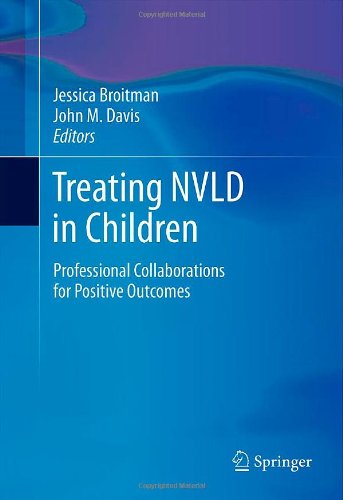

Most ebook files are in PDF format, so you can easily read them using various software such as Foxit Reader or directly on the Google Chrome browser.
Some ebook files are released by publishers in other formats such as .awz, .mobi, .epub, .fb2, etc. You may need to install specific software to read these formats on mobile/PC, such as Calibre.
Please read the tutorial at this link: https://ebookbell.com/faq
We offer FREE conversion to the popular formats you request; however, this may take some time. Therefore, right after payment, please email us, and we will try to provide the service as quickly as possible.
For some exceptional file formats or broken links (if any), please refrain from opening any disputes. Instead, email us first, and we will try to assist within a maximum of 6 hours.
EbookBell Team

5.0
60 reviewsChildren with nonverbal learning disabilities (NVLD) have needs that can take many forms and may, over time, require consultation and collaboration with professionals from several fields. Given that multiple specialists may be involved in working with children with NVLD – as well as the array of treatment variables – even seasoned practitioners may find themselves in confusing situations.
Treating NVLD in Children takes a developmental view of how the problems and needs of young people with nonverbal learning disabilities evolve and offers a concise guide for professionals who are likely to contribute to treatment. Expert practitioners across specialties in psychology, education, and rehabilitative therapy explain their roles in treatment, the decisions they are called on to make, and their interactions with other professionals. Collaborative interventions and teamwork are emphasized, as are transitions to higher learning, employment, and the adult world.
Among the book’s key features are:
Treating NVLD in Children:Professional Collaborations for Positive Outcomes is a key resource for a wide range of professionals working with children, including school and clinical child psychologists; educational psychologists and therapists; pediatricians; social workers and school counselors; speech and language therapists; child and adolescent psychiatrists; and marriage and family therapists.